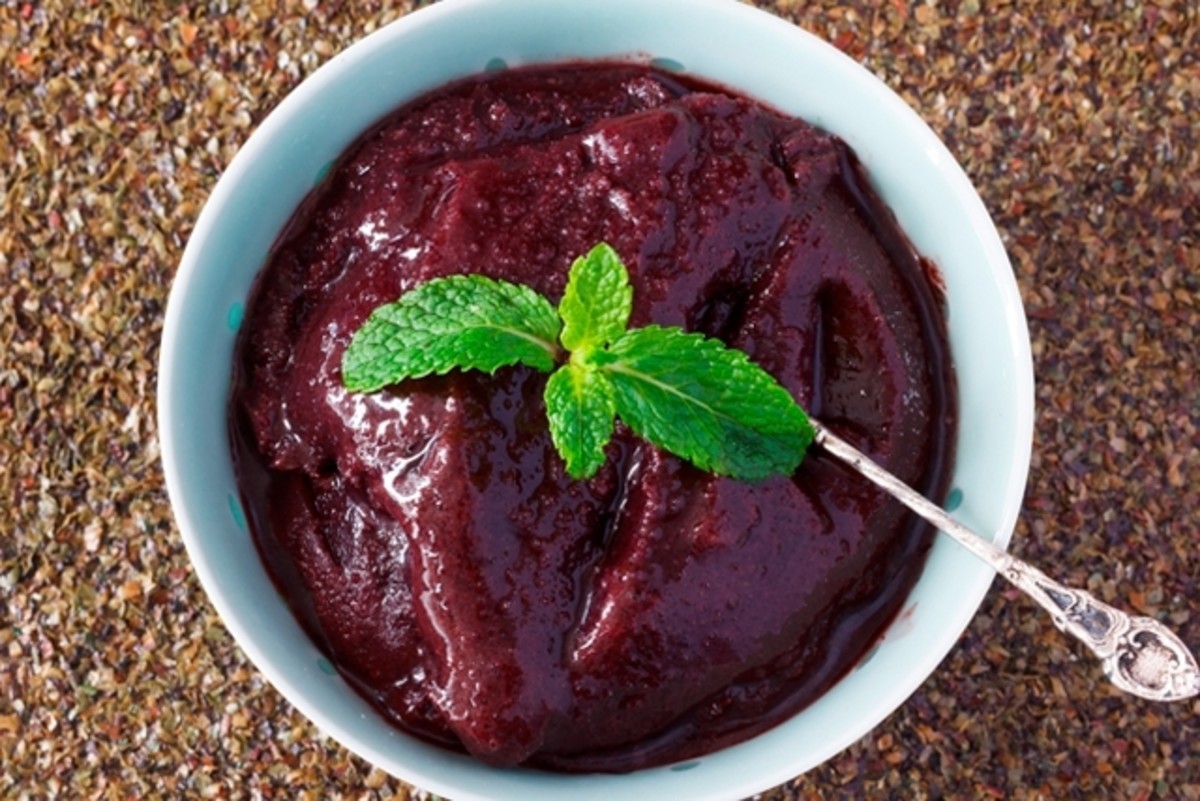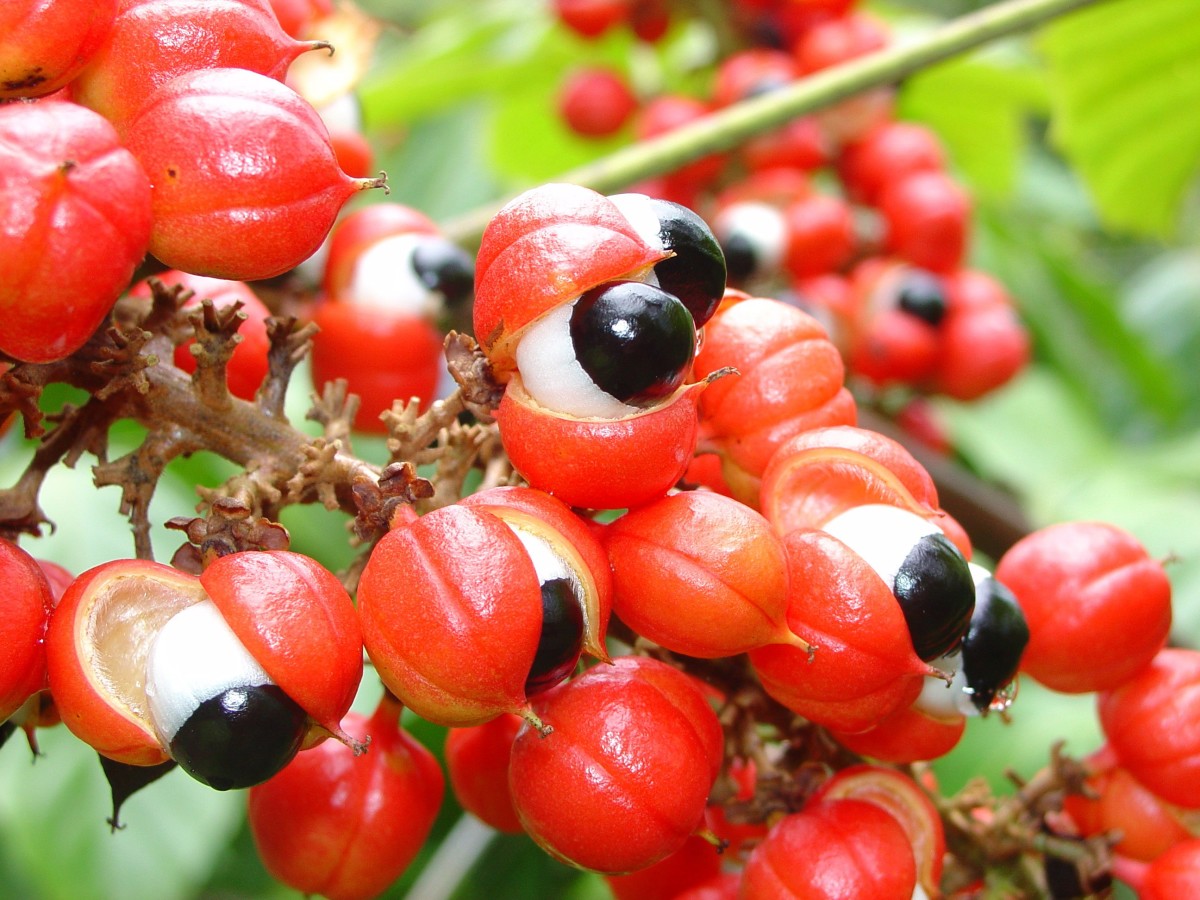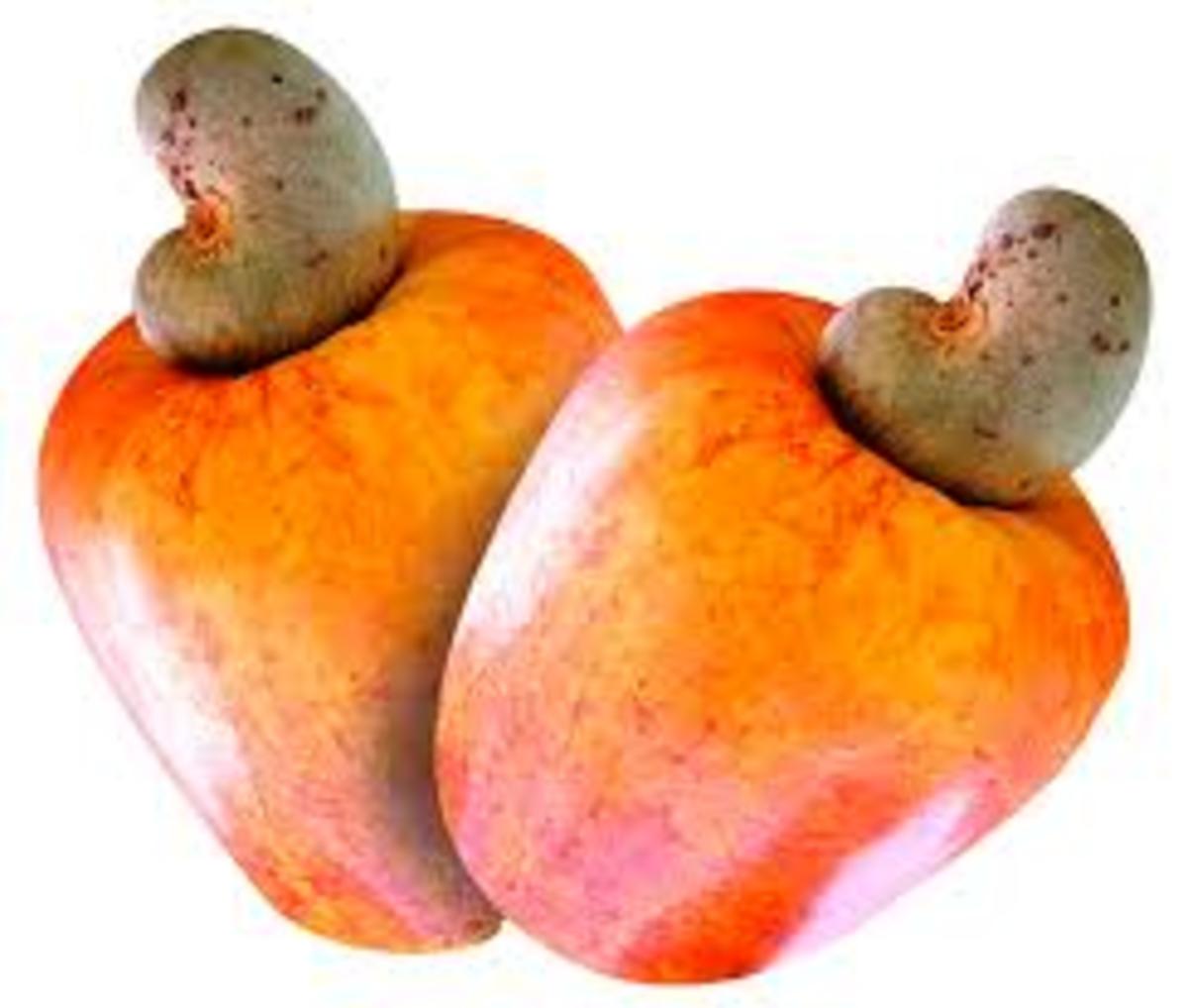Brazilian Fruits

Brazil is the fifth largest country in the world and first in terms of biodiversity. This South American country is famous for its Carnaval, soccer and beaches. It is infamous for its violence and favelas. However, despite its issues, Brazil is a vacation destination loved by tourists from around the world.
Tourists come to Brazil to get to know one of the world’s most vibrant and welcoming cultures. Visitors traveling to Brazil are also eager to discover customs and foods they are unlikely to find back home. While typical Brazilian dishes tend to contain common ingredients and can easily be reproduced elsewhere, not all Brazilian delicacies are so simple to duplicate.
One such food is fruits. Of course, it is theoretically possible to transport them overseas, but for those involved in the fruit importation industry, this is most likely not worth the effort when there are dozens of others that are much more readily available and more popular among consumers. This does not mean that these unique creations of nature are not worth sampling, though. The following list contains 10 fruits native to Brazil that are definitely worth trying firsthand when you get the opportunity to travel to this tropical country.
Champagne Orange

If you search this item’s title in Google, a number of drink recipes involving mixing champagne and oranges will show up. Champagne’s taste can greatly be enhanced by adding orange juice and the resulting creation is often referred to as a mimosa.
But did you know that this unique taste combination can also be found in nature? Unfortunately for the majority of us, this particular type of orange only exists in Brazil. And even there, it is not very common. Champagne orange trees are most often found on private properties belonging to small farm owners. Depending on the time of year, it is also possible to purchase these orange from grocery stores and sellers on the street. Despite the fact that the champagne orange is not very abundant, it is sold at fairly affordable prices.
Champagne oranges tend to be of a yellowish-green color and are about the size of a large navel orange. The scent is also rather different than that of an average orange. Champagne oranges have a more lemony and vanilla smell. As for the taste, well, the name says it all. This orange variety tastes like sweet champagne that will not get you drunk.
It is interesting to note that in Brazil many people prefer to ‘suck’ oranges, instead of eating them the traditional way. This is done by first thinly peeling the orange’s skin and then cutting out a hole in the center. The fruit then gets squeezed until the hole fills with juice. The juice gets drunk and the procedure gets repeated until there is no more juice left in the orange.
Jabuticaba

This fruit can be described as a darker version of a blueberry, although it is much larger. A jabuticaba is around the size of a plum and these fruits grow straight on tree trunks. All parts of the fruit are edible, although the sweet flesh is much more pleasing to one’s taste buds than the sour skin. Jabuticaba is a superfruit that is abundant in Brazil, however, for some reason, we can’t seem to find it in the produce section of US supermarkets. The explanation for that is that this delicious fruit is highly perishable. The giant berries are only good for a few short days after being harvested. Are you burning with the desire to taste this fruit that is bursting with antioxidants? Although there are rumors about jabuticaba being imported to Japan and sold there, you will get the most out of your experience by visiting Brazil, the country this detox fruit is indigenous to.
Açaí

If you go to Brazil, you will notice that açaí is absolutely everywhere. There are cafés and shops dedicated to the fruit selling anything from açaí ice cream to fruit bowls to even towels and hoodies with “açaí” printed on them. As with everything, there are some people who love açaí and others do not care much for it. Some people even think that açaí is way too overrated, especially when there are more than three açaí ice stores in extremely close proximity.
Overrated or not, there is one thing that is for certain: these Brazilian ‘blueberries’ have numerous health benefits. These exotic berries are higher in antioxidants than North American staples, such as blueberries, cranberries and strawberries. There are theories about products high in antioxidants being able to prevent cancer. Açaí berries also contain high levels of fatty acids, something that is unusual for a berry. These in turn help to prevent cholesterol and blood pressure issues.
Açaí have a slightly bitter taste which is often compared to that of dark chocolate.
Passion Fruit (Maracujá)

While passion fruit flavored candies and even juices can be found in North American supermarkets, the real thing is much harder, if not impossible, to come across. Native to the Brazilian Amazon, this tiny fruit contains more seeds than flesh. Do not let that fool you, though. Both the seeds and flesh are edible and very delicious and the passion fruit is a superfood for improving your health.
Like a number of other items on this list, passion fruit contains many antioxidants. In addition, it has anti-inflammatory properties, and contains dietary fiber, as well as a bit of iron. This may not seem like much, but given the fact that the average fruit only weighs 18 grams (0.04 pounds), these are very impressive numbers. What is interesting about the iron found in passion fruit, is that it gets absorbed exceptionally well, unlike iron from other plant sources. The reason for this is the high vitamin C content in the fruit, which is known to enhance the absorption of iron.
Guava

Nearly nonexistent in the Northern Hemisphere, guavas are extremely abundant in Brazil. Fresh guavas are the most popular, but there are also juices and sweets, such as the goiabada. Goiabada can be referred to as the guava variation of canned cranberry sauce due to its color and texture.
Guavas are approximately the size of pears and tend to have a light green skin. The inside is light pink with tiny light yellow seeds. Both the flesh and the seeds are edible and Brazilians commonly cut the fruit in half and then eat it with a spoon. Guavas can also be enjoyed by slicing them or by squeezing their juice.
Similar to the other fruits on this list, guavas are considered to be superfruits by some and consuming just one of these exotic fruits will provide you with more than 600% of your daily vitamin C. Guavas are also high in antioxidants, fiber and various minerals.
Cupuaçu

Cupuaçu is a very strange-looking fruit. These fruits look like huge kiwis on the outside and tend to weigh around 1 kilogram (2.2 pounds) each. Cupuaçu has a white-colored pulp with a seed pod in the center, whose scent can be described as that of pineapple and chocolate at the same time. And some say that it smells like a banana. But don’t let that scare you. Like other Brazilian fruits, cupuaçu is a superfruit, rich in nutrients. It contains numerous antioxidants, vitamins and amino acids.
Does this remind you of something else, the chocolate bean maybe? These two in fact belong to the same family and this fact could be used to explain why capuaçu’s taste has a hint of chocolate.
Guaraná

Guaraná Antarctica is Brazil’s traditional non-alcoholic drink. Soft drinks typically are not associated with fruits, so what is the case with this one? Guaraná also happens to be the name of a Brazilian fruit, whose seeds contain more than twice as much caffeine as coffee seeds. Guaraná is used in the production of this popular Brazilian soda and has been used as a key Brazilian soft drink ingredient since 1909.
Guaraná has been used by Amazonian Indians for centuries, prior to being discovered by the Europeans. The natives used the fruit for its stimulating properties. This fruit with white flesh and dark seeds contains tannin molecules which cause the fruit’s caffeine to be released slowly and in turn providing the consumer’s body with energy for a longer time. Consuming guaraná also increases one’s metabolism, which can help those looking to lose weight. Guaraná is often not consumed on its own due to its bitter taste. Instead, it is mixed into smoothies and teas.
Cashew Apple

The caju, or cashew when translated from Portuguese, is a fairly common and affordable nut in North America. The cashew apple, on the other hand, is something completely unheard of. Despite being referred to as a ‘false fruit’, this orangish pear-shaped fruit is edible and even has health benefits. It has a sweet smell and taste and it is very juicy. The fruit’s pulp is commonly used to make a refreshing and tropical beverage. The cashew apple’s thin skin is to blame for the fact that we cannot find it in North American grocery stores. The fruit’s fragility makes it nearly impossible to transport.
Cashew nuts are high in minerals, vitamins and antioxidants and are good for your eyes, heart, blood, as well as weight loss. Cashew apples, on the other hand, are effective when it comes to treating stomach issues, such as ulcers, gastritis, and preventing diarrhea. In addition to ingesting the fruit, its juice can be used as an ointment for aches. Even though you may not have known about the existence of cashew apples prior to reading this post, chances are that you have already come into contact with it. Thanks to their high antioxidant content, cashew apples are commonly used in the production of creams and shampoos.
Siriguela

The name siriguela is just as exotic as the fruit itself. This small round fruit is native to northeastern Brazil, where it is extremely popular. Siriguelas are eaten with their skin on; their small size makes it impractical to attempt to remove the skin prior to consumption. This yellowish fruit tastes and looks like a miniature mango and is very juicy. Brazilians like to enjoy siriguela on its own as a snack and some use it in juices or to flavor ice creams. A fun fact is that not only foreigners, but some Brazilians as well do not know about the existence of siriguela. During siriguela season, they are sold everywhere in several states in Northeastern Brazil. However, for some reason, it is very difficult, if not impossible to come across these juicy fruits in other areas of Brazil.
Despite not being very widely researched yet, it is known that siriguela is very rich in nutrients and is beneficial for one’s health. Like many other fruits, siriguela can be considered a superfruit since it has high levels of vitamins, minerals, fibers and antioxidants. Among siriguela’s many benefits known to date are its ability to reduce swelling, increase one’s energy levels, strengthen the immune system and combat stress.
Cagaita

What is interesting about the cagaita is that while the leaves have antidiarrheal properties, the fruits themselves are used as laxatives by the locals. Now you know that if you ever find yourself suffering from either diarrhea or constipation, there is a plant that can help take care of both of these issues at once.
Cagaita fruits contain 90% water and are considered to be low in calories. Like many other fruits, they are rich in antioxidants and minerals. Cagaita is believed to reduce the risk of cardiovascular diseases, inflammatory issues and even cancer.